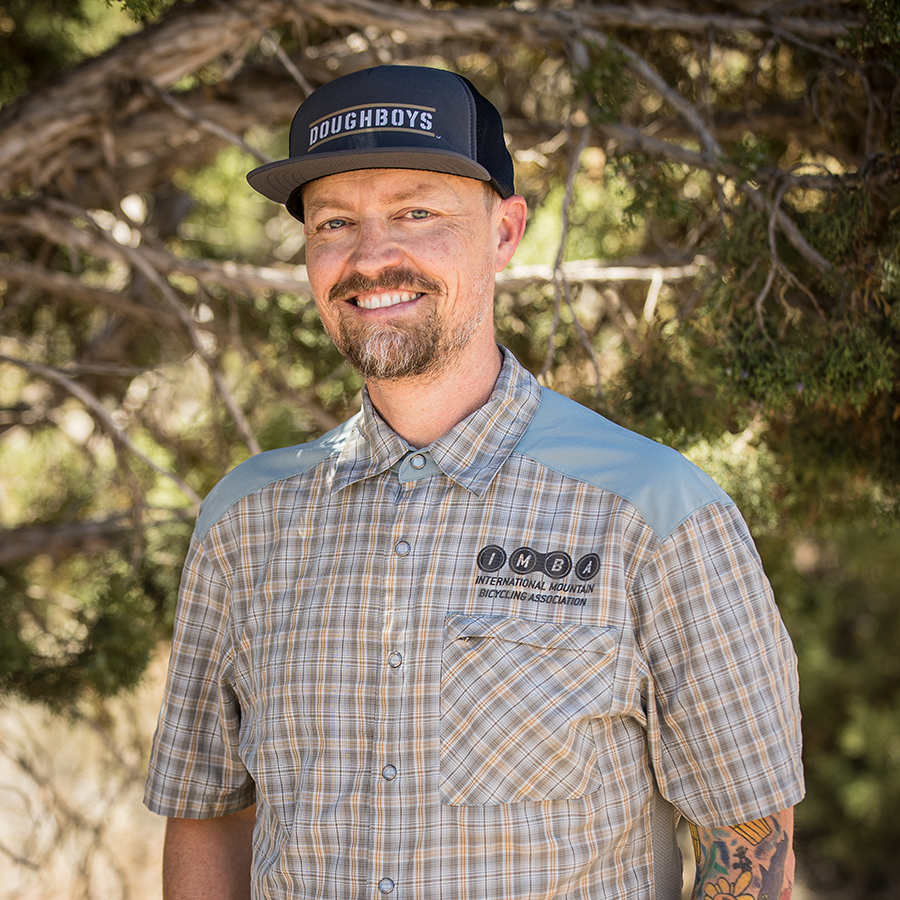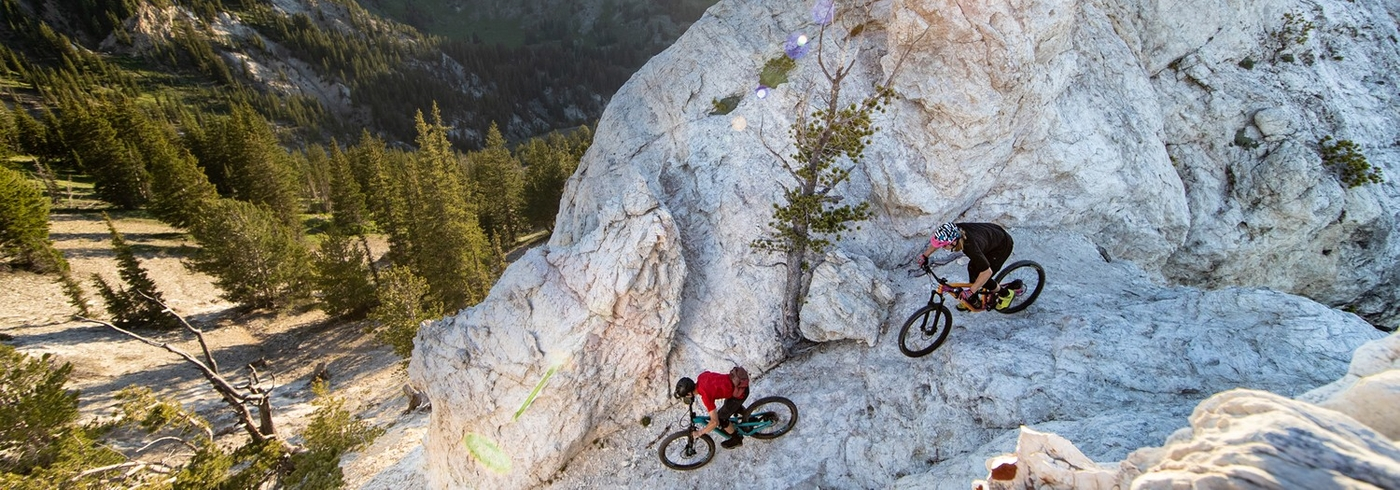For IMBA and our grassroots partner organizations, adaptability isn’t just a skill—it’s a necessity. The way we communicate with agencies, build coalitions, and manage internal operations evolves to suit the changing times.
Use this guide as a companion to the recorded webinar to explore practical ways to strengthen relationships, position your organization for success, and ensure the success of the trails and outdoor spaces we champion.
Fundraising, Policy, & Organizational Growth: Ten Actions for Success
1. Strengthen Your Fundraising Strategy
- Diversify revenue streams (membership, grants, corporate sponsorships, & events).
- Check out Funding for Natural Surface Trails
- Take the Trail Friendly Community Assessment to get a better understanding of your organization’s baseline and clarify goals and actions.
2. Build Local & State Partnerships
- Engage agencies and organizations with common goals related to economic development, outdoor recreation, and public and community health.
- Engage with local businesses, outdoor brands, and municipal governments.
- Explore the creation of MOUs with partner organizations to share resources and expertise.
3. Develop Crew Leaders, and Pay Them
- Ensure you train the people that lead your volunteers.
- When possible, ensure your teams are certified in skills necessary for trail stewardship, volunteer management, and safety.
- Invest in a Trail Care School for your community.
- Work with your Board of Directors to set goals and strategize toward paid staff positions.
4. Improve Advocacy Efforts
- Understand your state’s recreation economy and how trails fit in.
- Get to know your SCORP and your state’s Office of Outdoor Recreation.
- Engage other mountain biking, trails, and outdoor recreation organizations within your state.
- Submit your request for advocacy support using IMBA’s Action Cultivator Tool.
- Build relationships with your lawmakers.
- Find Your State Lawmakers on State Legislature websites
- Find Your Federal Member on Congress.gov
5. Expand Volunteer Engagement
- Train and certify crew leaders to reduce liability and improve credibility.
- Establish formal agreements with land agencies to manage volunteers effectively.
6. Create Long-Term Sustainability Plans
- Develop a data-driven, five-year strategy to ensure financial health and trail stewardship.
- Set clear benchmarks for growth, funding, and advocacy impact.
7. Leverage Data & Storytelling
- Use trail counter data and economic impact reportsbig to showcase the importance of trails.
- Highlight community stories on social media and in newsletters that demonstrate the benefits of trails.
8. Establish or Strengthen Membership Programs
- Offer tangible benefits for members (swag, exclusive events, discount programs).
- Explore the technology available to manage and grow memberships effectively.
9. Develop Strategic Alliances with Land Agencies
- Work proactively with federal, state, and local land managers.
- Advocate for land-use agreements that benefit both agencies and trail groups.
10. Take Advantage of IMBA’s Resources
- Apply for Trail Accelerator Grants.
- Invest in a Trail Care School or Trail Management School in your community
- Bring your agency partners to Trail Labs Foundations.
- Use IMBA’s advocacy network to amplify local and national issues.

I’ve seen the bubble of the coal industry and how the decline of the industry has devastated many of the communities surrounding my hometown. Helping communities and chapters with similar issues look past their economic hardships and embrace the natural assets that surround them is what drives me. Mountain biking changed my life and I believe it can change the lives of countless others if given the opportunity.
Meet our teamAnthony Duncan
Director of Local Programs


